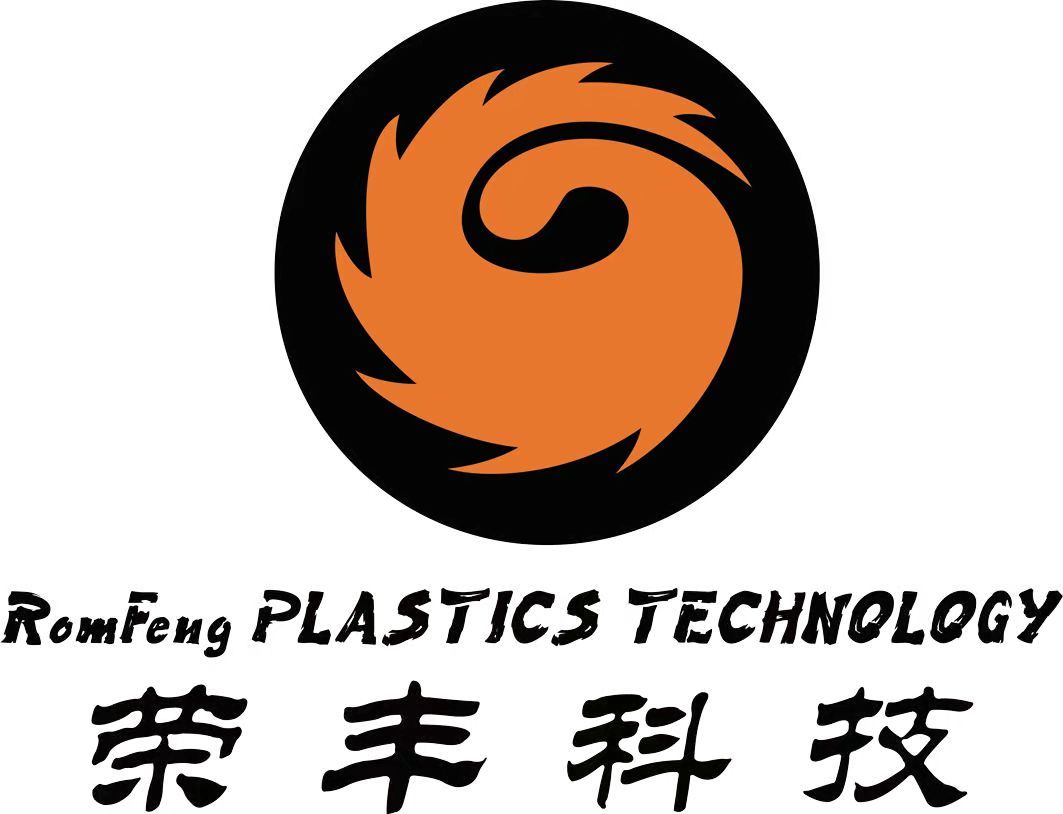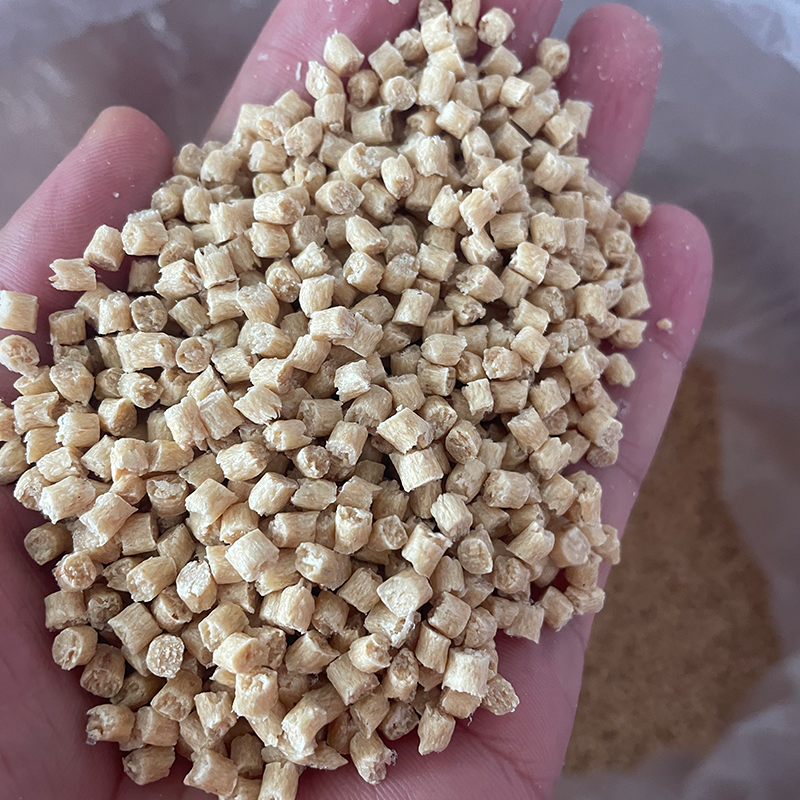china wheat straw bioplastic compound
Release time:
2025-10-29 15:56
Source:
Wheat straw pellets, derived from renewable agricultural residues, serve as eco-friendly carriers for biopolymers (e.g., PLA) and petroleum-based polymers (e.g., PP, PE, ABS, TPU). Their porous structure and lignocellulosic composition enhance mechanical entanglement with polymer matrices, improving tensile strength and thermal stability in composite materials. Customizable in colors, density, and polymer compatibility, these pellets adapt to diverse industrial applications—from packaging/household(blowing) to automotive/electronic components(injection/extrusion)—while reducing reliance on fossil-based plastics. Surface treatments and additive formulations can be tailored to optimize performance for specific customer products. As a carbon-neutral biomass resource, wheat straw pellets align with circular economy principles, offering sustainable alternatives for low-emission manufacturing.

The wheat straw bioplastic compound represents a new generation of biodegradable materials designed to balance performance and sustainability. Made from renewable wheat straw fiber blended with eco-friendly polymers, it provides an excellent alternative to conventional plastics. This wheat straw bioplastic compound is perfect for applications in food containers, cutlery, packaging, and consumer goods, where environmental impact and product quality both matter.
Engineered for superior versatility, the wheat straw bioplastic compound exhibits outstanding moldability, strength, and smooth surface finish. It can be processed through injection molding, extrusion, or thermoforming, offering manufacturers flexibility across various industries. The compound’s lightweight structure and mechanical durability make it ideal for both everyday use and industrial-scale production.
Beyond its performance benefits, this wheat straw bioplastic compound helps reduce agricultural waste by turning wheat by-products into high-value raw materials. It significantly cuts CO₂ emissions and supports sustainable resource utilization. The natural wheat fiber gives products a pleasant organic appearance, meeting modern aesthetic and ecological expectations.
With growing consumer and corporate awareness of environmental responsibility, the wheat straw bioplastic compound has become a preferred choice for sustainable manufacturing. It enables brands to align with global green trends, delivering eco-conscious products without compromising efficiency or quality—paving the way for a cleaner, greener future.
wheat straw bioplastic compound







